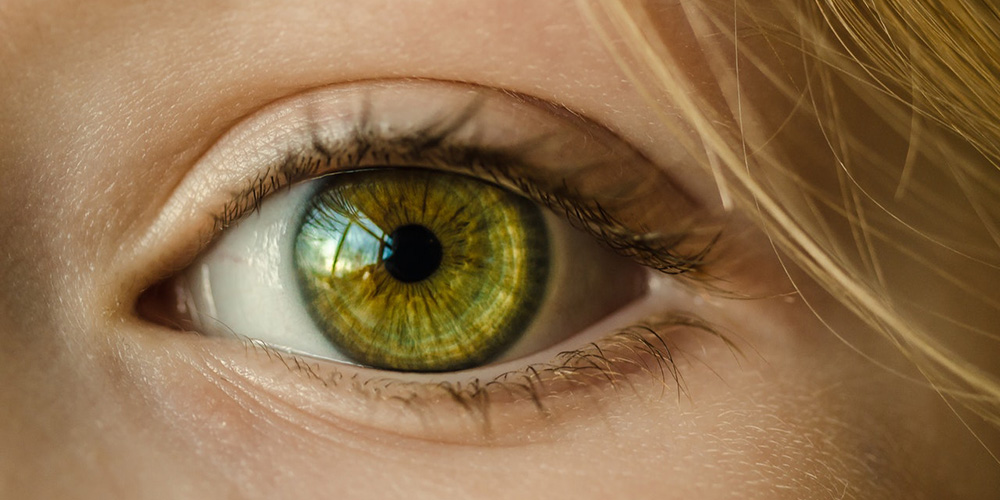It’s interesting how one simple thought can lead you on journey to learn more about the most fascinating subject known to mankind: microorganisms.
I recently heard November is National Diabetic Eye Awareness Month which got me thinking about eyes and contact lenses. From there, I started thinking about eye infections. Then, I thought about what causes eye infections because when you work at Microbiologics you think about microorganisms ALL THE TIME. This reminded me that our readers love microbes as much as we do which inspired me to write a post about the common causes of eye ailments.1
Bacterial Causes:
- Pseudomonas aeruginosa can cause infections of the cornea, also known as bacterial keratitis.2
- He may not like to brag, but Stanley Staphylococcus (Staphylococcus aureus) is also very popular with bacterial keratitis and conjunctivitis (pink eye) infections.3
- Haemophilus influenzae, Streptococcus pneumonia, and Moraxella catarrhalis are often associated with bacterial conjunctivitis.4
Parasitic Causes:
Acanthamoeba keratitis is cause by an ameba called Acanthamoeba. Acanthamoeba are common in nature, but have also been identified in a specific type of contact lens solution.5 This clip from Animal Planet Monsters Inside Me provides additional information on Acanthamoeba.
Fungal Causes:
Fusarium species, Aspergillus species and Candida species are often associated with fungal keratitis corneal infections. These fungal strains can commonly be introduced into the eye via trauma from plants. 6
Viral Causes:
- HSV, or Herpes Simplex Virus, can cause viral keratitis. This type of infection typically occurs after a flare up from an earlier HSV infection from another part of the body such as the mouth.7
- Adenovirus and Rubella are also associated with viral conjunctivitis.8
If you have eyes, and enjoy seeing the world, take care of them. Follow a few common-sense approaches to protect your eyes.9
- Avoid introducing microorganisms into the eyes by washing your hands often, and try not to touch your eyes.
- Wear eye protection when necessary.
- If you wear contacts, follow the instructions for use.
- Schedule regular eye exams with your eye doctor, and see the doctor as soon as possible if you suspect an infection.
- Don’t use old or expired makeup. Keep your makeup brushes and makeup bag clean. (Learn more about contaminants in makeup by taking our cosmetics quiz).
As I close, I’m reminded of a joke about eyes:
What did one eye say to the other?
Don’t look now, but something between us smells.
Thanks for reading!
Resources
- https://www.cdc.gov/contactlenses/germs-infections.html
- https://www.cdc.gov/contactlenses/bacterial-keratitis.html
- https://www.cdc.gov/contactlenses/bacterial-keratitis.html
- https://www.cdc.gov/conjunctivitis/clinical.html
- https://www.cdc.gov/contactlenses/parasitic-keratitis.html
- https://www.cdc.gov/contactlenses/fungal-keratitis.html
- https://www.cdc.gov/contactlenses/viral-keratitis.html
- https://www.cdc.gov/conjunctivitis/clinical.html
- http://www.cnib.ca/en/your-eyes/eye-conditions/Pages/infections-0208.aspx






no Trachoma??
https://en.wikipedia.org/wiki/Trachoma
Good suggestion, Mike! Thanks for sharing the link.
Very useful information. We know how much Microbes can affect the eye, but most of us, are not aware of the Microbes eye infections.